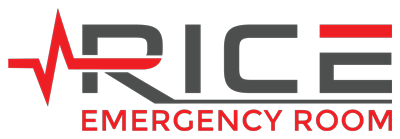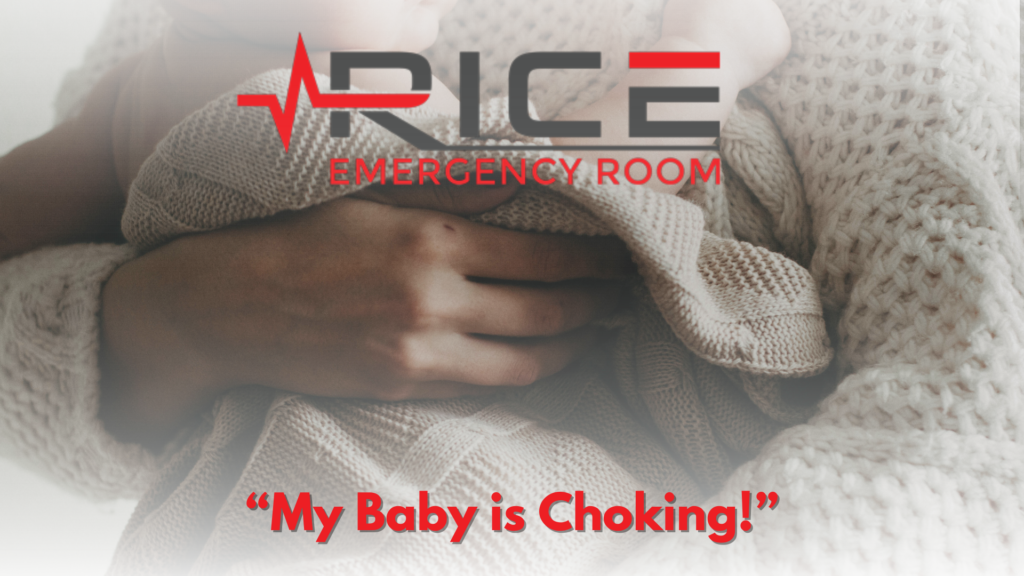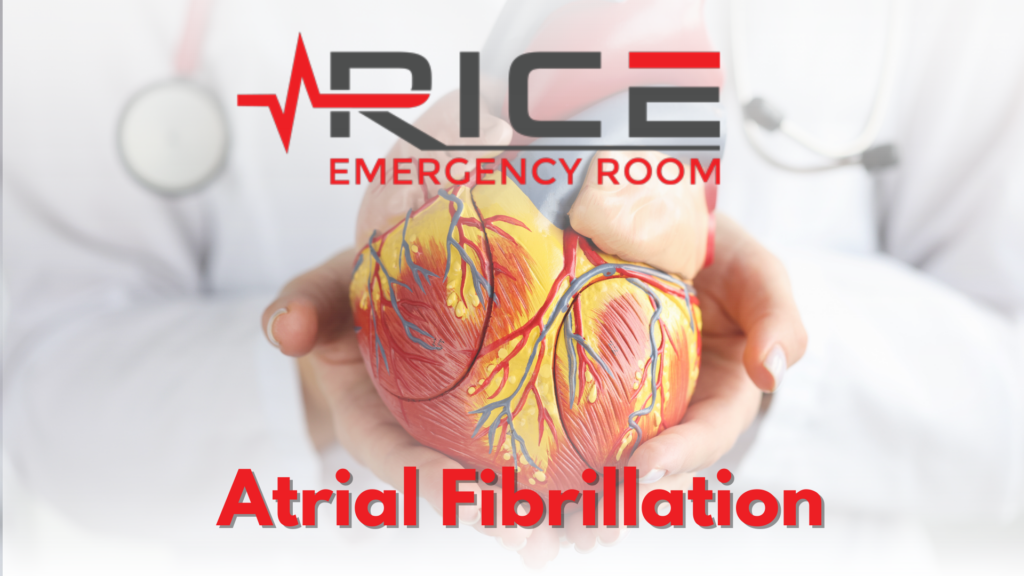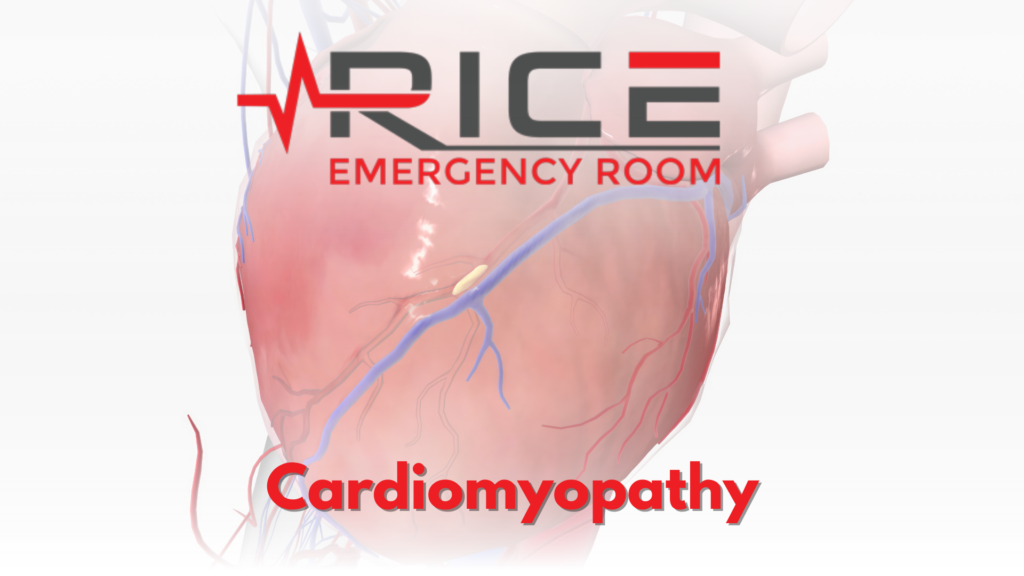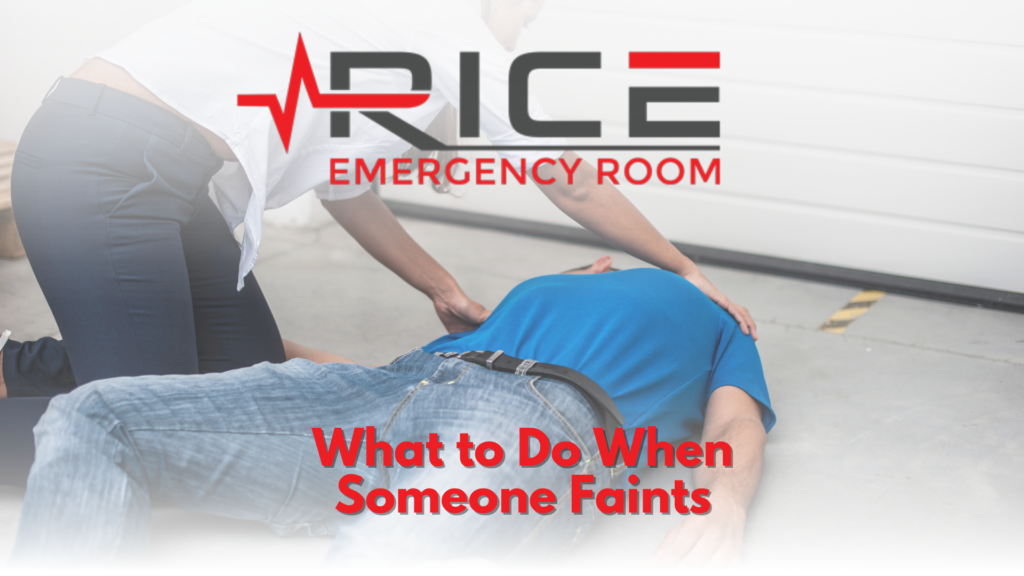Choking is one of the most terrifying experiences a parent can face when it happens to their baby. Whether it’s a small object, food, or even a toy, choking can quickly become a life-threatening emergency. Knowing how to recognize the signs of choking and how to respond effectively can make all the difference.
Common Choking Hazards for Babies
As a parent, we all know how babies like to explore the world with their mouths, which means almost anything within their reach can become a choking hazard.
Some common items that babies often choke on include:
- Small Toys or Parts: Any toy or object small enough to fit into a baby’s mouth poses a choking risk. This includes toys not intended for their age, small building blocks, and parts that may detach from larger toys (American Academy of Pediatrics).
- Food: Certain foods are notorious for causing choking in babies. Items such as grapes, hot dog slices, popcorn, nuts, and even thick globs of peanut butter are particularly dangerous. Always cut food into small, manageable pieces and avoid giving hard or sticky foods to infants (Mayo Clinic).
- Household Items: Loose buttons, coins, batteries, and other small objects around the house are potential hazards. Babies often find and put these objects into their mouths out of curiosity (KidsHealth).
Recognizing the Signs of a Choking Baby
Knowing how to identify a choking baby is crucial. A baby who is choking may:
- Struggle to Breathe: They may be unable to cry or make much noise, as the airway is blocked.
- Cough Weakly or Not at All: A strong, forceful cough can indicate that the airway is partially blocked, while a weak or absent cough suggests a complete obstruction (American Red Cross).
- Show Panic or Distress: A choking baby might display a look of panic or wide-eyed distress.
- Turn Blue: If the airway is fully obstructed, the baby’s lips or skin may turn bluish due to lack of oxygen.
- Lose Consciousness: If the blockage isn’t quickly resolved, the baby may lose consciousness (American Heart Association).
Immediate Actions to Take
If you suspect your baby is choking, act quickly but remain as calm as possible.
- Check for the Object: If you can see the object causing the choking, carefully try to remove it with your fingers. However, do not blindly sweep the baby’s mouth, as this could push the object further down the throat (Mayo Clinic).
- Back Blows and Chest Thrusts: For infants under one-year-old, place the baby face down on your forearm, supporting their head and neck. Give up to five firm back blows between the baby’s shoulder blades with the heel of your hand. If this doesn’t dislodge the object, turn the baby over and give up to five chest thrusts using two fingers in the center of the chest (American Red Cross).
- Call for Emergency Help: If the baby is still choking, call 911 immediately or have someone else do so while you continue to provide back blows and chest thrusts (American Heart Association).
The Importance of Learning the Heimlich Maneuver and CPR
While knowing what to do in an emergency is critical, training in lifesaving techniques like the Heimlich maneuver and CPR provides the confidence and skills to act swiftly. The Heimlich maneuver for infants involves a series of back blows and chest thrusts, while CPR can help if the baby becomes unresponsive (American Academy of Pediatrics).
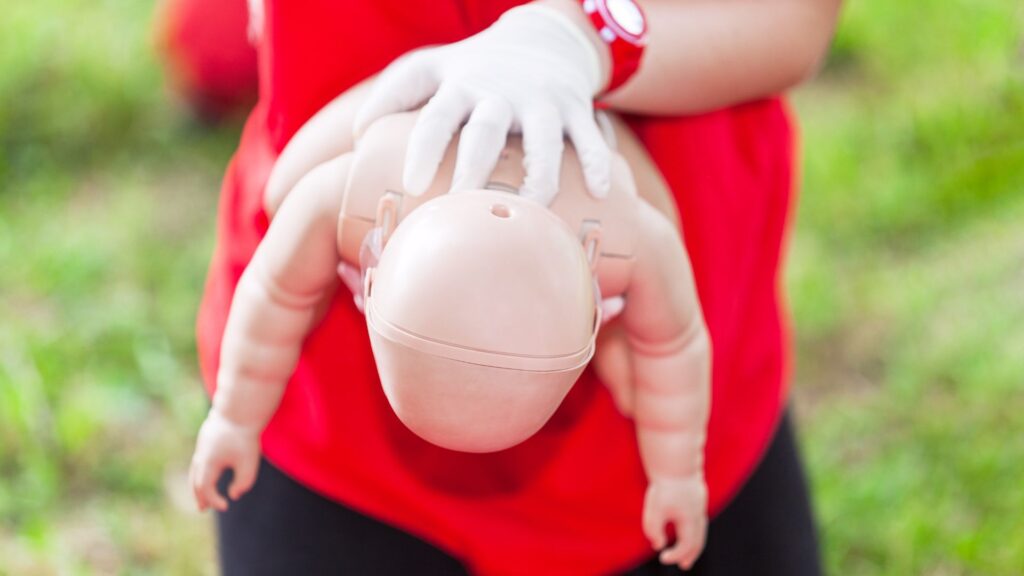
Rice Emergency Room: Your Partner in Child Safety
At Rice Emergency Room, we understand the fears and anxieties that come with being a parent. That’s why we are committed to providing emergency care and education to prevent emergencies before they happen.
We offer free monthly American Heart Association CPR training and certification for parents, caregivers, and anyone interested in preparing for life’s unexpected moments. Our classes are designed to equip you with the knowledge and skills to confidently handle choking and other emergencies.
Classes are held on the second Tuesday of each month at our facility, and registration is easy. Simply visit this link to sign up. Don’t wait until an emergency happens—take the proactive step of learning how to protect your baby and other loved ones today.
Conclusion
Choking is a frightening event, but with the right knowledge and quick action, you can save your baby’s life. Understanding what your baby can choke on, recognizing the signs of choking, and knowing how to respond are all critical aspects of keeping your child safe. Remember, being prepared is the best way to protect those you love, and Rice Emergency Room is here to help you every step of the way.
For more information or to register for our free CPR training, visit Rice Emergency Room. Your peace of mind is our top priority.
Works Cited
American Academy of Pediatrics. “Choking Prevention.” HealthyChildren.org, American Academy of Pediatrics, 2023, www.healthychildren.org/English/health-issues/injuries-emergencies/Pages/Choking-Prevention.aspx.
American Heart Association. “Infant CPR Anytime®.” American Heart Association CPR & First Aid, American Heart Association, 2024, www.heart.org/en/cpr/infant-cpr-anytime.
American Red Cross. “Choking First Aid: Infant (Under 1 Year Old).” American Red Cross, 2024, www.redcross.org/take-a-class/choking-infant.
KidsHealth. “Choking Prevention and First Aid for Infants and Children.” Nemours KidsHealth, 2023, kidshealth.org/en/parents/choking-prevention.html.
Mayo Clinic. “Choking: First Aid.” Mayo Clinic, Mayo Foundation for Medical Education and Research, 24 Feb. 2023, www.mayoclinic.org/first-aid/first-aid-choking/basics/art-20056637.
